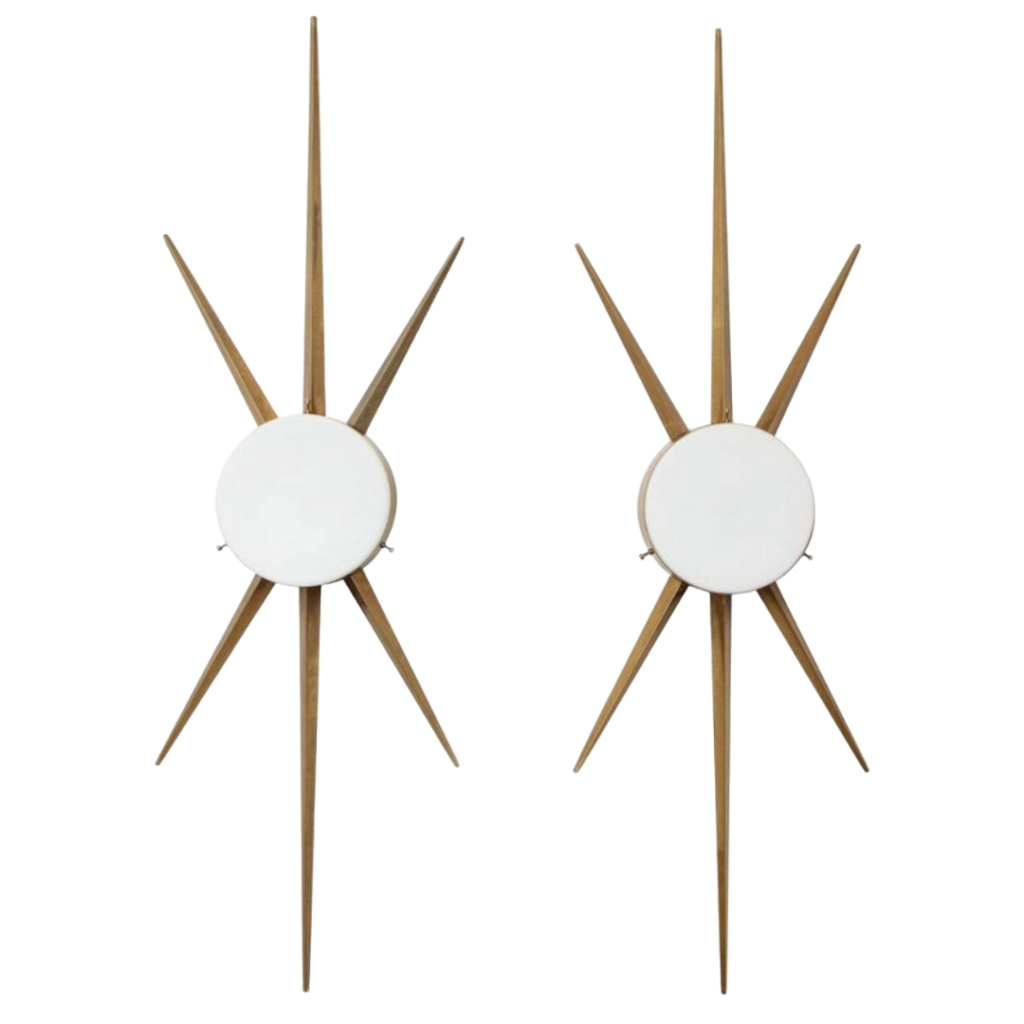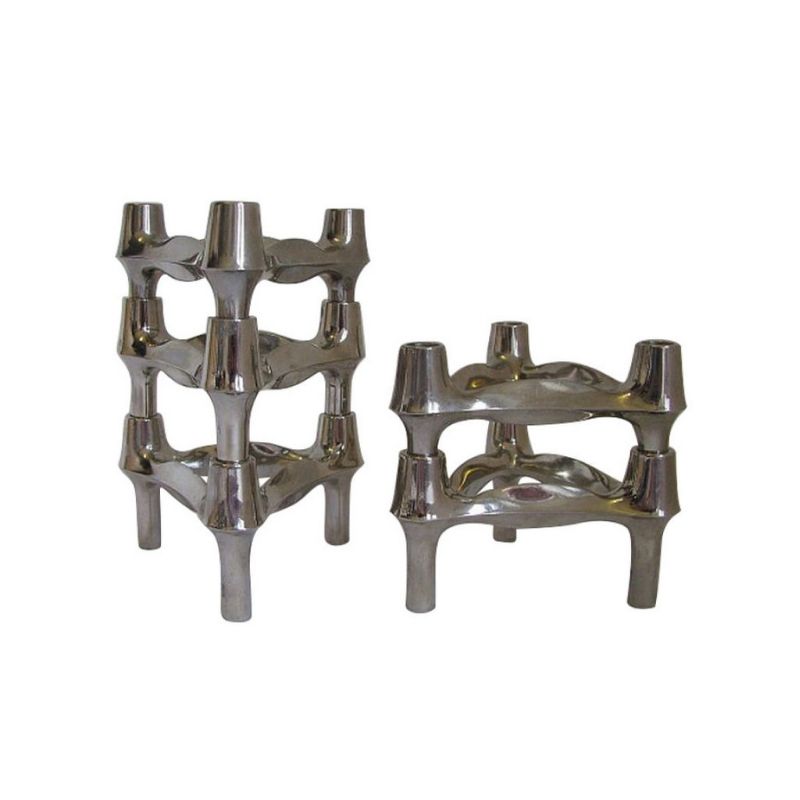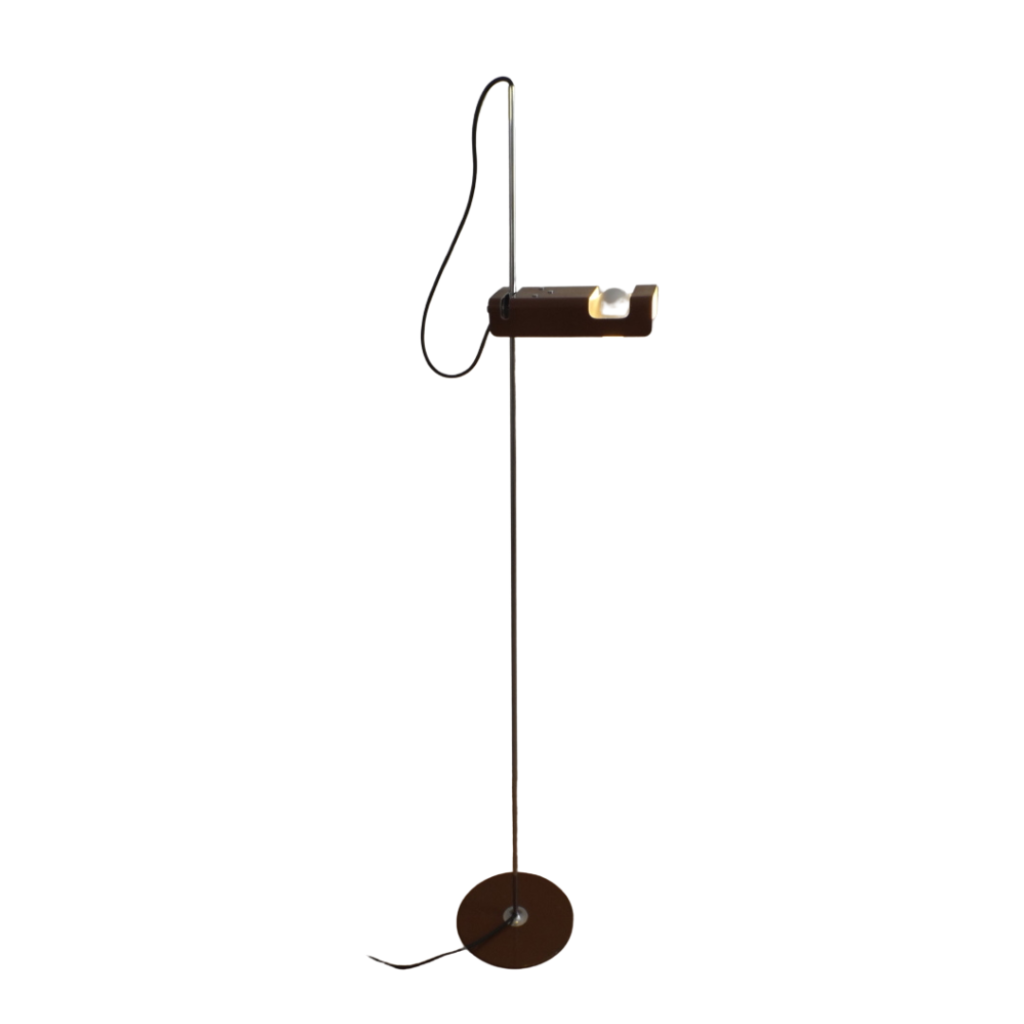I'm curious as to why Frank Gehry's edgeboard furniture is so very expensive for being made out of cardboard, and given that it's constructed via commonplace industrial processes (i.e., steel rule die cutting and laminating). More curious to me is the very high price of Gehry-INSPIRED edgeboard furniture, such as one encounters at cardboardchair.com. I like their furniture well enough (and I really like their bookshelf) but they don't have starchitect status, and they didn't invent edgeboard, and they're jumping on the edgeboard bandwagon 30 years after it struck anybody as novel - so why do they charge $400 for a bar stool? I can't help but think that if Target or Ikea would only sell their own edgeboard furniture, then I could buy a really nice chair for $30. Is this price issue merely a matter of economy of scale? And is there some reason why edgeboard isn't more ubiquitous and inexpensive? If I hired a die cutter to cut me enough carcboard shapes to make 10 "S" chairs, what would each chair roughly cost? Anybody have a quick answer to that one?
Let's see.. There'd be the cost of the steel rule die (which, let's assume we made as cheaply as possible, given our low production volume), the cost of a machinist's time in cutting the cardboard with the die press, the price of cardboard sheet itself and of laminating the cut pieces. Am I forgetting anything? Would the cost of each chair exceed $1000? $500? Damnit, I want to see some cheap edgeboard furniture and I really want to design my own, affordably! It's strong,it's an elegant idea, it's green, it's neat-o. So What's up? I said what's uuuuuuuuup!? Your comments and insight will be much appreciated. Ahoy, Ahoy, gents.
Your production process....
description is right although...I would laminate enough boards to make a 4",(10 cm) stack and cut it on the bandsaw. Five of these stacks would give you a reasonable width for a chair. If your design is lighter than an almost solid block (the board is very strong and allows for 2 1/2" (almost 8cm) horizontal sections) you could safe yourself some board by gluing smaller pieces in an overlapped pattern....
I am still wondering why one would reduce wood to it's fibers, make craft paper of it and laminate it to currugated board in order to glue a large number of them together and cut it in a shape that allows you to sit on it, when wood is one of the strongest construction materials we know (in relation to it's weight) Well finished it shows beautiful natural patterns and it is an excellent reservoir of CO 2.
and gehrys cardboard furniture
is fake! jaja! if you see a picture you would say 'hey nice' some seating out of cardboard, original!' but then when you take a closer look (in a shop eg) you will see that every x layer of cardboard there is a layer of HDF (thin mdf) or in previous versions; hardboard. the first time when i saw this i was really dissappointed; why not completely out of cardboard? so in my eyes these designs are misleading and thereby fake.
I have made
I have made a cardboard flat-file for some of my large sheets of artpapers. I was inspired by the Wiggle chair (the pricetag of which is remarkably shocking)
I cut all the pieces beforehand and laminated them together using elmers. The process took a fair amount of time and the results were so-so. It was my understanding from reading about the original pieces that the MDF was only on the outside - not every few plies.
Koen - it is an interesting equation - to see if the amount of effort put into the making of the kraft paper, the laminating of the cardboard, the creating of the furniture is less expensive than makin the piece out of solid wood. My first inclination is to say that the cardboard furniture is much sturdier compared to the amount of wood used. But I have not done the math.
It doesn't
surprise me that the laminated-corrugated cardboard pieces need some "stiffeners" -- though I had assumed like most (?) that the edges [aren't the Gehry pieces called "Easy Edges" ?] were the only inclusions of "foreign material". . .
But, just because the furniture only works physically by being (in effect) a composite, doesn't mean (to me) that the result is "misleading." Disappointing from an idealist's perspective, perhaps, but surely not fake ?
A rant in two parts
Part I "The creation"
I have spent the better part of my life in the (hobbyish) study of bookbinding and papermaking and paper arts. Kraft paper is a truly awful product.
Western paper was originally made using cotton fibers, a process that made use of waste fabric and created a lasting, durable paper. Papermaking in Europe took off, after Guttenberg invented movable type, as a replacement to the far more durable animal hide vellums. (It took the skin of 300 animals to print one copy of the Bible...eww!) In the 1830's successful experimentation with wood as a source of fibers came to a head resulting in the cheap crap we call newsprint and kraft paper.
The problems with these inferior materials is in their very making. The process by which they are made involves chopping down and chipping up trees (usually spruces and pines) boiling them in a vat of chemicals and beating them into separate fibers. The process is very similar with cotton, but wood pulps contain high concentrations of acids and lignins which eat away at the structure of the paper over time. Think about an old newspaper or a pulp novel. The paper is brittle and yellowed from the acid in the pulp.
On a trip to New Brunswick I happened past a kraft paper factory. The sight was appalling: acres upon acres of stacked and felled trees, cut for no other purpose than to make a pretty useless product.
Part I : second movement
The problem I have most with kraft paper is that there is an enormous amount of energy expended for a product that is destined for the trash heap. Hundreds of thousands of acres of trees are felled each year so us consumers can read the newspaper (go digital!) and have a million chintzy paperboard boxes for cereal and tea and shoeboxes and all the other nonsense. As with many other sustainability issues there are alternatives.
Eastern papermaking traditions have relied on a variety of sustainable and yearly renewable sources for paper fibers. Japan and China use varieties of mulberry bushes, Nepal uses Lokta - a relative to the US Mountain laurel, and of course - cotton. Pretty much any plant with long bast (inner bark) fibers can be used as a source for fibers. Milkweed, for example, creates a beautiful strong, acid free paper.
In my work in education and also in the arts I see kraft paper used in countless ways specifically to give that 'natural' or 'recycled' look. It makes me sad to no end. To see cardboard furniture perpetuate the myth of "lasting" furniture also makes me sad. Furniture made from cardboard will be subjected to the same internal destruction as any other kraft paper product.
That being said....
http://ginpetty.com/archives/botanical_list.htm
Part II - The presentation
That being said - I agree with Mr. McFancypants Esq. Christ III: Why are the freaking knock offs so expensive!!!
Heres my thought - if you are going to ride on the coattails of another designers efforts the least you can do is make it affordable. Is there really a choice when the difference between an original and a knockoff is 10-12% of the price? I would suggest that if Mr. McFancypants Esq. Christ III is serious he should set about to make a line of cardboard furniture that is durable, styling, and each piece priced under $150. (sorry kid...its never gonna be green using kraft paper) And he should sell the (unfancy)pants off of Gehry's designs, and those of imitators as well.
So then what do you guys think of Ban?
Thanks for your thoughtful replies! You've given me something to think about. And now I can't help but wonder as to your opinions of Japanese architect Shigeru Ban and his paper tube erections. Japanese building code now allows for paper tube construction of permanent buildings. The Japanese are a very materially efficient people in general, owing to an historic paucity of natural resources (this long having been a driving force in their history and culture, I'm told). I lack the means to agree or disagree with Koen at the moment - I'll have to do some research. But I do want to ask you, koen - if the japanese are ok with it how wasteful can it be? Or do paper tubes vs. laminates make all the difference?
Also, what kind of wood are...
Also, what kind of wood are we talking about, anyway? The trees they grow for paper are fast-growing for renewable harvest (20 years or so?), generally, I believe. They may not yeild much in the way of workable timber. I've seen lots densely planted with such trees. Their trunks are awfully skinny. They're grown to be ground up. Correct me if I'm wrong..
So. . .
the formula to determine maximum efficiency of material yield/usage would include the costs (in time, money, labor and material, waste, recycling and eco-effects) of a pound of fiber of the correct properties, to make a long-lasting [paper] product, and the costs [ditto] of any and all additional ingredients (resins, fillers, coatings, etc) ?
What difference does the size of the plant make, if it is being farmed for the purpose ?
Let's see: bamboo, hemp, ramie, silk, coconut ? Oak, ash, fir, pine, wenge ? Glass fiber ?
Petroleum ? Soybean oil ? Bug juice ?
SDR
I'm a little confused by your posting. There are lots of question marks but I'm uncertain what the actual question was.
The bast fibers in spruce trees are generally shorter and contain more lignins and acids. This makes them weaker and prone to faster disintegration. It also means that the paper cannot be recycled more than a few times before the fibers are too short.
Plant fibers generally have a much longer bast fiber making them stronger and more recyclabe. Plants also contain much less natural acids.
If you need any help, please contact us at – info@designaddict.com









